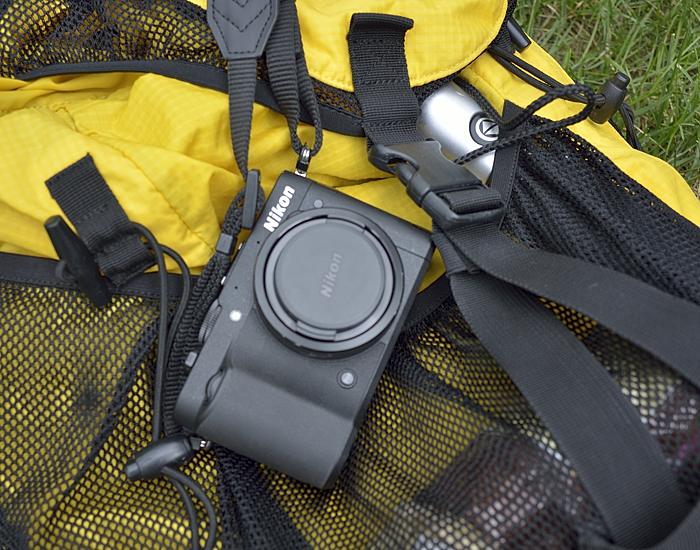I’ve never been a big fan of point-and-shoot cameras. But that may be changing.
I’ve been using SLRs for over 40 years now, and quite frankly, I’m spoiled. What I’m used to is a camera that does what I want when I want, and gives me great quality in the process. Sure, I’d love to have a smaller camera, but don’t want to sacrifice that quality and usability. When this comes up in conversation, I tell the story of what happened to me in the 90s.
At that time I was starting to do more backpacking in the Adirondack mountains of upstate New York. When you’re carrying everything up and down mountains on your back, ounces matter. Cutting off toothbrush handles is common. So there was no way I was going to carry my usual kit of camera gear. Perfect time for a compact camera, I thought. And for about a year I went through a number of small cameras. None, however, gave me the quality I wanted. The straw that broke the camel’s back happened one fall. Just after sunrise we summited a peak whose stunted trees were coated in ice, and the background was a threatening sky with shafts of light punching through. To this day I remember that as one of the most dramatic landscapes I’ve seen. But you wouldn’t know it from the pictures.
After that, I knew I had to take a “real” camera and “real” lenses. The problem was how to do that without breaking my back. For the camera, the solution was a Nikon F3. Without the motor drive, it wasn’t too big, and was famously indestructible. Over the course of several years I banged it into walls rock climbing and regularly used it in 20-below weather. For lenses I settled on two – a Nikon 20mm f/2.8 (very small) and an old Nikon Series E 75-150mm f/3.5 lens. It had a plastic body, but was compact with very good image quality. Everything together weighed under five pounds. More than I wanted to carry, but manageable. And now I could make pictures with the quality I wanted.
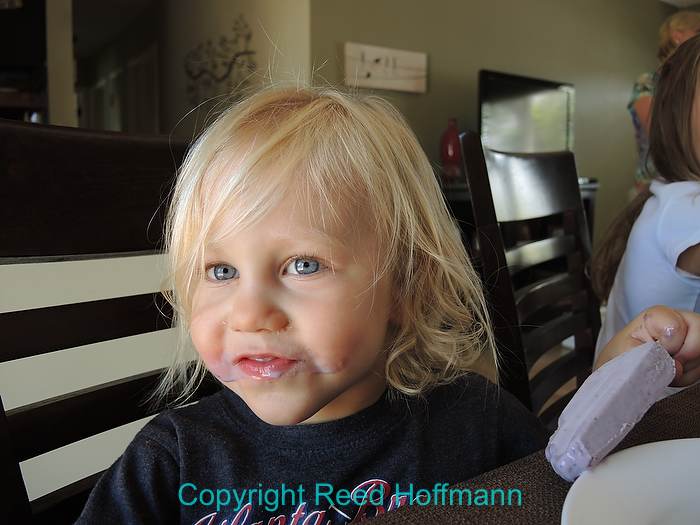
My brother’s grandson Knight shows off his yogurt ice cream. Nikon Coolpix P7700, ISO 80, 1/40 second at f/2. Photo copyright Reed Hoffmann.
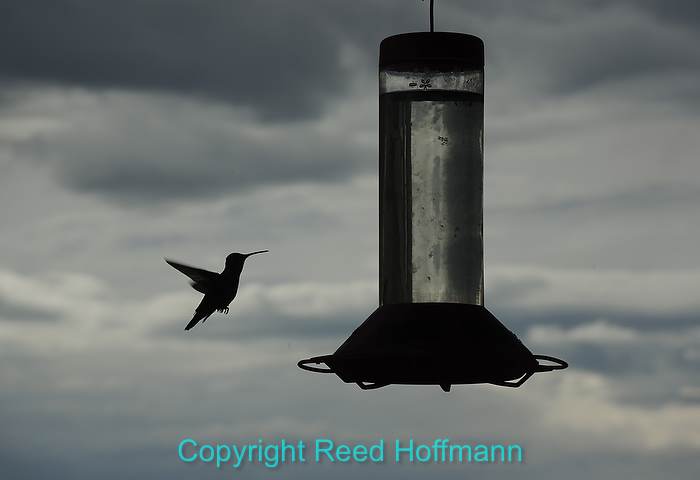
Zoomed in to shoot hummingbirds feeding. Nikon Coolpix P7700, ISO 80, 1/1250 second at f/4.5. Photo copyright Reed Hoffmann.
Fast forward about twenty years, and I’m still carrying “real” cameras when I want to make “real” pictures. It’s not just a matter of resolution, but also sharpness (optical quality of lenses), color rendition and saturation, and performance. By performance I mean how fast and accurate the autofocus is and how quickly I can make changes to things like white balance, ISO, and exposure. Over the years I’ve tried point-and-shoot cameras from most major manufacturers, and keep going back to my SLRs. Last week, though, we were packing for a vacation to Colorado, and were going to be squeezed for space in the car. And it was a family vacation, not a photo trip. My priority was having fun with the family, not pictures. I’d just gotten Nikon’s Coolpix P7700 (their top of the line compact with a zoom), so thought this would be a great time to try one of these small cameras again.
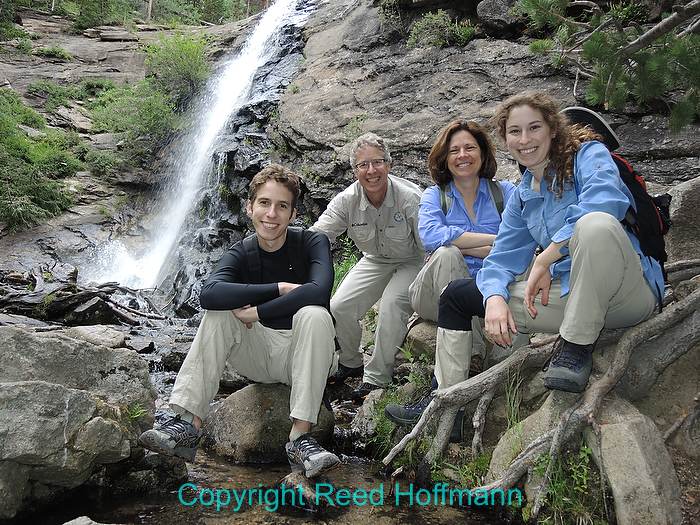
With my pack as the tripod and the self-timer turned on, plus flash on to light up our faces, I made a nice family portrait on one of our hikes. Nikon Coolpix P7700, ISO 80, 1/100 second at f/2.5. Photo copyright Reed Hoffmann.
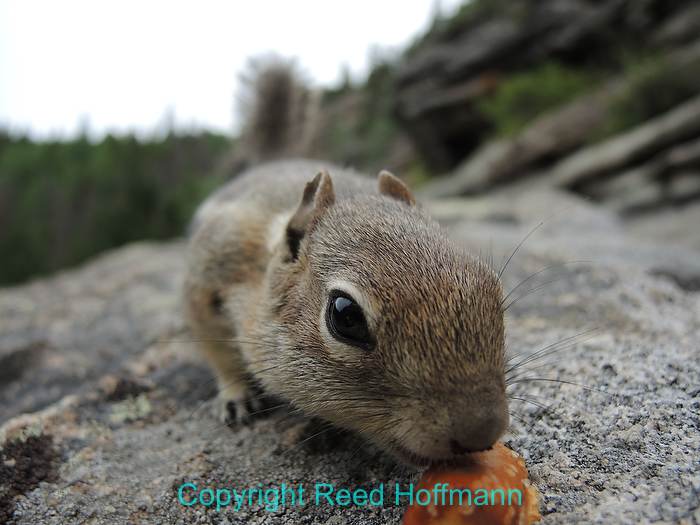
One of the wild animals in Rocky Mountain National Park tries to steal our lunch! This shot was made possible thanks to the rotating LCD, so I could watch through it and shoot when he got close. Nikon Coolpix P7700, ISO 80, 1/500 second at f/2. Photo copyright Reed Hoffmann.
A week later, I was pretty happy with the results. With any point-and-shoot camera, your two biggest issues will be sensor size and lens quality. To keep the cameras small they use tiny sensors, much smaller than what you’ll get in an SLR (or one of the newer interchangeable lens compact cameras, like the Nikon One or Sony NEX series). However, that sensor is still much larger than the ones found in smartphones. And lens quality on point-and-shoots, thanks to the small size and relatively low cost, will suffer too (though still far better than smartphones). That’s what you get with a small, all-purpose, relatively inexpensive camera.
With those trade-offs in mind, I was generally pleased with the image quality and functionality of the camera. While hiking, I kept it clipped to the top of my pack, so it could hang at my side or on my chest to grab whenever I needed it. Its compact size is certainly one of its strengths. Being able to carry it that way, or in the pocket of my vest around town meant I always had it with me. And when we were caught in a downpour while coming down a mountain, it and my little umbrella meant I could keep shooting and keep it dry too.
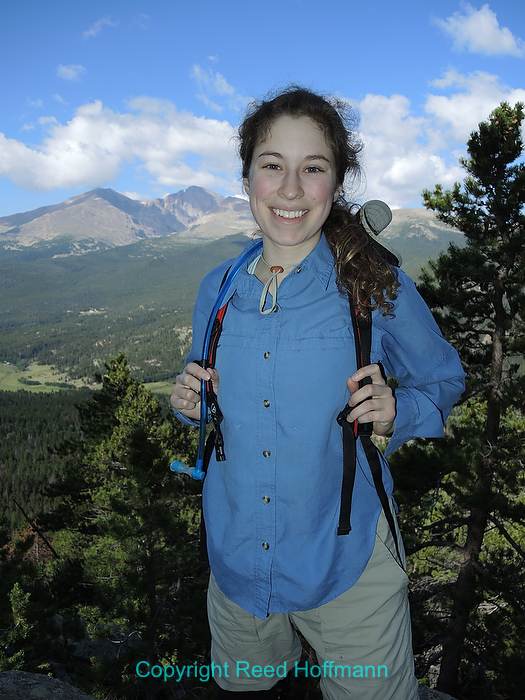
Without the camera’s flash turned on (fill flash), Rachel would have been a silhouette. Nikon Coolpix P7700, ISO 80, 1/1600 second at f/2. Photo copyright Reed Hoffmann.
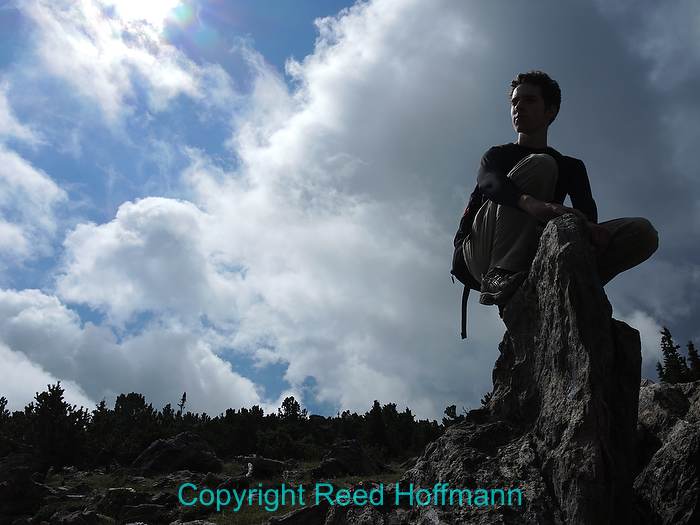
Nathan poses atop a rock outcrop against a beautiful sky (that would soon drop rain and hail on us) on the way up Twin Sisters. Nikon Coolpix P7700, ISO 80, 1/1250 second at f/6.3. Photo copyright Reed Hoffmann.
With the all-purpose zoom, I could easily frame shots. Keeping it in Program mode and Auto ISO, the camera managed exposure well for me, and I could dial in EV (exposure compensation) when needed. If I wanted to get more creative, I could change exposure modes, for instance choosing Aperture Priority to force a slower shutter speed. I did that several times, also using the built-in neutral density filter to make nice blurred-water photos
One advantage to a small sensor is the ability to use smaller lenses, and that means more depth of field. Many of the photos were shot at f/2, but if I wasn’t close, there’s still a lot of focus in front and behind the subject. That means the camera’s able to use lower ISOs, which means much better quality than high ISOs (like 800 and above) when paired with the tiny pixels on these sensors.
The pop-up flash was also great to have, and let me use fill flash that really made a difference. My son, who uses the iPhone for all his photography, wanted me to take a shot of him that required fill flash. With the iPhone and its meager flash, you couldn’t even see a difference. So instead I used the Coolpix.
I’m fine with smartphone cameras for quick grab shots, but don’t expect much better than I got with my Instamatic in the 60’s. To me smartphones fall into the category of “any camera’s better than no camera.” But since I care about my pictures, I use them sparingly.
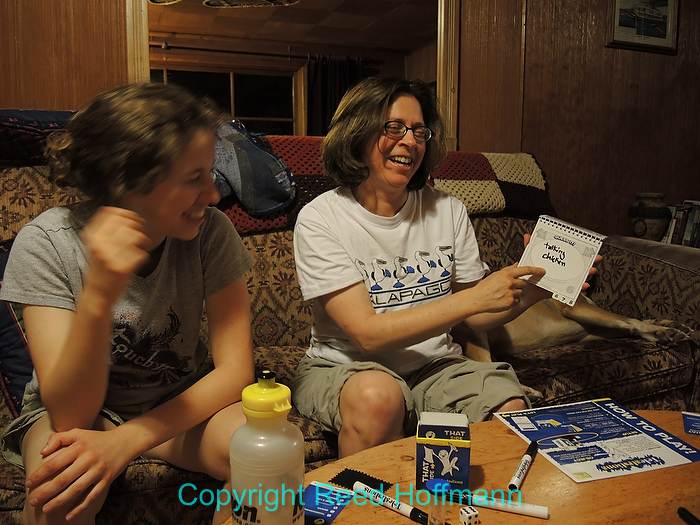
The small sensors in these cameras mean poor high ISO performance, which they try to counter by using wide apertures. Nikon Coolpix P7700, ISO 400, 1/13 second at f/2. Photo copyright Reed Hoffmann.
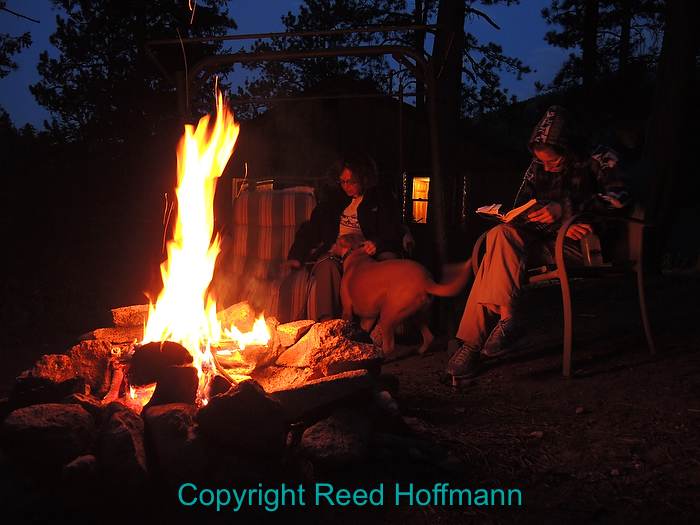
What trip to the mountains would be complete without a campfire? Nikon Coolpix P7700, ISO 640, 1/15 second at f/2. Photo copyright Reed Hoffmann.
Of course, there were drawbacks to using this camera too. I hate having to compose with an LCD. Careful framing of pictures is something I always preach, and trying to do that without the stability and clarity of a viewfinder pressed to your face is difficult. And I can frame more quickly with a manual zoom (turned by hand) instead of a rocker switch with a power zoom. While the 7700’s two Function buttons helped, I still prefer the buttons and dials on a larger camera that let me quickly change settings.
I like to say there’s a right tool for every job. And for a trip like this, where size and weight are very important, that little P7700 was the right tool. Point-and-shoots have improved a lot over the years, and this Coolpix demonstrated that. These cameras have drawbacks, but strengths too. In the future I’m still more likely to carry a larger camera (even something slightly larger, like the Nikon V2) instead of a point-and-shoot. But they’ve improved, so in the right situation I’ll consider one of them as well. Cameras are tools, it’s just a matter of picking the right one for what you’re doing.

